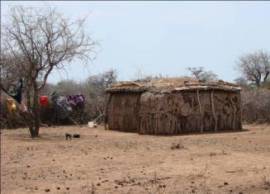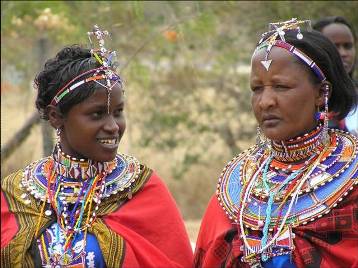
 |
|||||||
About the Maasai Due to their distinctive customs and dress and residence near the many game parks of East Africa, the Maasai are among the most well known of African ethnic groups.As a historically nomadic and then semi-nomadic people, the Maasai have traditionally relied on local, readily available materials and indigenous technology to construct their housing. The traditional Maasai house was designed for people on the move and was thus very impermanent in nature. The Inkajijik (houses) are either star-shaped or circular, and are constructed by ablebodied women. |
 |
 |
The structural framework is formed of timber poles fixed directly into the ground and interwoven with a lattice of smaller branches, which is then plastered with a mix of mud, sticks, grass, cow dung and human urine, and ash. The cow dung ensures the roof is water-proof. The enkaji is small, measuring about 3x5m and standing only 1.5m high. Within this space the family cooks, eats, sleeps, socializes and stores food, fuel and other household possessions. Small livestock are also often kept within the enkaji. Villages are enclosed in a circular fence (Enkang) built by the men, usually of thorned acacia, a native tree. At night all cows, goats and sheep are placed in an enclosure in the center, to keep them safe from wild animals. |
|||